S. Martinelli & Co.
La Jota Vineyard Co.
W. S. Keyes Vineyard Merlot 2014
Another wonderful Merlot. Mountain wines are known for beautiful dark color, intense aromatics and full bodied flavors. This Howell Mountain wine does not disappoint. Beautiful ruby red color and great aromas of blue fruit, cedar and a little earthiness. The tannins on this young wine are very apparent but seem to integrate nicely with the intense flavors of blueberries and baking spices while in your mouth. I am sure this wine will improve with age but it drinks very well today. — 7 years ago
Château Brane-Cantenac
Grand Cru Classé en 1855 Margaux Red Bordeaux Blend 2005
I have a six-pack of this 05. I thought after 10 years in bottle, it would be interesting to check in on its evolution. While tasty, I’ll wait another 8-10 to open another. Even after 2-3 hours in the decanter, it’s still a very young adolescent. On the nose, slightly sour blackberries & dark cherries, dark currants, baked black plum, haunting blue fruits, anise, whiff of spice, steeped tea, dry stones, dry crushed rocks with dry top soil, caramel, vanilla with fresh & dry red florals. The body is thick & full. Tannins are starting to round out. It’s velvety on the palate. The fruits are; bright, fresh & ripe and really show the greatness of the 05 vintage. Dark currants, blackberries, dark cherries, baked black plum, haunting blue fruits, baked strawberries, cherries, raspberries on the long set, dark spice, clay & loamy dry top soil with crushed rocks, dry stones, cigar with ash, graphite, dry stems, slight herbaceous character, mint, used leather, clove, caramel, vanilla, fresh & dry red florals with violets. The round acidity is about perfect. The structure and length are still strong. The balance is in harmony. As for the long finish, it’s lush, ruby, rich and well polished. Photos of; Chateau Brane Cantenac, large wood vats, Henri Lurton and Estate vines. Producer notes and history...Chateau Brane Cantenac began in the early 17th century. At the time, the estate was known as Domaine Guilhem Hosten. Even that far back, wine was produced from the property. In fact, the wine was so highly regarded it was one of the more expensive wines in Bordeaux. It sold for almost as much money as Brane Mouton. This is interesting because of who went on to buy the vineyard in the 1800’s. The Baron of Brane, also known as “Napoleon of the Vineyards”, purchased the Chateau in 1833. At the time of the sale, the estate was called Chateau Gorce-Guy. To get the funds needed to purchase the Margaux vineyard, the Baron sold what is now called Mouton Rothschild, which was at the time of the sale, known as Chateau Brane-Mouton. Not such a good move with hundreds of years in hindsight! In 1838, the Baron renamed property taking his name and the name of the sector where the vineyards were located and called it Chateau Brane Cantenac. The Chateau later passed to the Roy family, who were well-known in the Margaux appellation in those days, as they owned Chateau d’issan. Moving ahead to 1920, the Societe des Grands Crus de France, a group of merchants and growers that owned several chateaux located in the Medoc including; Chateau Margaux, Chateau Giscours, and Chateau Lagrange in St. Julien, purchased Chateau Brane Cantenac. Five years later, M. Recapet and his son-in-law, François Lurton, took over Brane Cantenac along with Chateau Margaux. Lucien Lurton (the son of François Lurton) inherited Brane Cantenac in 1956. Today, the estate is still in the hands of the Lurton family. Brane Cantenac is owned and run by Henri Lurton. After being given the responsibility of managing Brane Cantenac, it was under the direction of Henri Lurton that large portions of the vineyard were replanted. Vine densities were increased, the drainage systems were improved and the plantings were also, slowly changed. The vineyard of Brane Cantenac is planted to 55% Cabernet Sauvignon, 40% Merlot, 4.5% Cabernet Franc and .5% Carmenere. Carmenere was used for the first time in the 2011 vintage. The only other Chateau I know that still uses Carmenere is Clerc Milon. The 75 hectare Left Bank vineyard of Brane Cantenac is essentially unchanged since it earned Second Growth status in the 1855 Classification. At least that is the case with the 45 hectares used to produce the Grand Vin of Brane Cantenac. Those 45 hectares are planted surrounding the Chateau. Those vines are located just in front of the Cantenac plateau and are the best terroir that Brane Cantenac owns. They have other parcels, which are further inland and much of those grapes are placed into their second wine, Le Baron de Brane. Those additional hectares can be divided into 3 main sections. Behind the Chateau, they have 15 hectares of vines on gravel and sand, 10 hectares across the road with sand, gravel and iron and a 13 hectare parcel with gravel called Notton, which is used for their second wine. The vineyard is planted to a vine density that ranges from 6,666 vines per hectare on the plateau and up to 8,000 vines per hectare for the vines located behind chateau, in their sandier soils. The higher levels of vine density are always found in the newer plantings. The terroir of Brane Cantenac consists of deep gravel, sand and clay soil. Experiments in the vineyards are currently looking at becoming more organic in their vineyard management. Today, more than 25% of Brane Cantenac is farmed using organic farming techniques. It is expected that over time, the amount of hectares farmed with organic methods will be increased. Brane Cantenac has gone through 2 relatively recent modernization’s in 1999, when they added began adding the first of their smaller vats to allow for parcel by parcel vinification and then again in 2015 when they completed a much more complete renovation of their cellars and vat rooms. While Brane Cantenac is a traditional producer, they are no stranger to technology as they were one of the first estates to embrace optical grape sorting machines. In very wet vintages, they can also use reverse osmosis. To produce the wine of Chateau Brane Cantenac, the wine is vinified in a combination of temperature controlled, traditional, 22 oak vats, 18 concrete tanks and 20 stainless steel vats that vary in size from 40 hectoliters all the way up to 200 hectoliters, which allows for parcel by parcel vinification. 40% of the fermentation takes place in the oak vats. The oldest vines are vinified in vats that are selected to allow for separate parcel by parcel vinification. The younger vines are vinified more often together in the same vats. However, the Carmenere is entirely micro-vinified, meaning that those grapes were completely vinified in barrel, using micro-vinification techniques. This can also happen because the amount of grapes produced is so small. Some vats can be co-inoculated, meaning they go through alcoholic fermentation and malolactic fermentation simultaneously. At Chateau Brane Cantenac, malolactic fermentation takes place in a combination of French oak tanks and barrels. The wine of Brane Cantenac is aged in an average of 60% new, French oak barrels for 18 months before bottling. The initial 2 months of aging is done with the wine on its lees, which adds more depth to the wine. There second wine is Le Baron de Brane. Le Baron de Brane is not new. In fact, previously, the second wine went under the name of Chateau Notton, which took its name from one of the main parcels where the grapes were planted. During the late 1950’s and into the 1960’s, having a second wine was important as the estate declassified 3 vintages, due to extremely poor, weather conditions in 1956, 1960 and 1963. Production of Chateau Brane Cantenac is about 11,000 cases per year. — 8 years ago

Peter Michael Winery
Point Rouge Chardonnay 2008
Magnum 2008 Peter Michael Point Rouge Chardonnay. Dinner at Tap w S&L DiM and P&S Co. Super. Loved especially at Susie and Lydia- the Chardonnay lovers. Not overly oaky- just rich and oaky enough to know it's a CA Chardonnay, but not so much that it's buttery and too rich in oakiness. Enjoyed. — 9 years ago
Domaine Ponsot
Cuvée Vieilles Vignes Clos de la Roche Grand Cru Pinot Noir 1993
Magnum 1993 Domaine Ponsot Cuvèe Vieilles Vignes Close de la Roche PN. Dinner at Bouch w S&L DiM and P&S Co. Opened this and drank before the 1990 Latour out of magnum. This was just so lovely to drink with the rich French food and K particularly enjoyed having this out of large format. Thought it drank as well as he could have hoped. — 9 years ago
Gramercy Cellars
Columbia Valley Syrah 2013
The nose is brooding as the glass even approaches. Ruby, ripe; dark currants/cassis, blackberries, an array of purple fruits, blueberries, creamy raspberries, baked, dark cherries and plum. Mid intensity grilled meats, smoke, cracked pepper, blue/purple fruit cola, black licorice, nice, soft, dark spice, crushed rocks, moist clay, vanilla, understated dry herbs, blue, purple flowers and gently layered lavender.
The body is full, thick, lush and ruby. The mouthfeel is gorgeous/sexy. It just starting to drink softer, showing good integration with another 10 plus years of good drinking ahead. This style, structure, tension, length & balance is why I love well made Syrahs from Walla Walla. Ruby, ripe; dark currants/cassis, blackberries, an array of purple fruits, blueberries, creamy raspberries, baked, dark cherries and plum. Mid intensity grilled meats, smoke, cracked pepper, blue/purple fruit cola, black licorice, caramel, mocha powder, milk chocolate, nice, soft, dark spice that brings heat to the palate, notes of cinnamon, crushed rocks, moist clay, vanilla, understated dry herbs, dark, rich, turned earth, even show a touch graphite, used tobacco with ash, blue, purple flowers and gently layered lavender. The acidity is round and nicely done. The lush, rich, ripe, well balanced, finish glides beautifully & juicy over the palate while it persists minutes.
Photos of; side shot of the tasting room that looks like an 1800’s saloon from the outside, the lounge area of their tasting room, Greg Karrington’s Co-Owner and Co-Winemakers Master Sommelier Certificate (no easy thing to pass) and my wife at their tasting bar chatting it up.
— 6 years ago
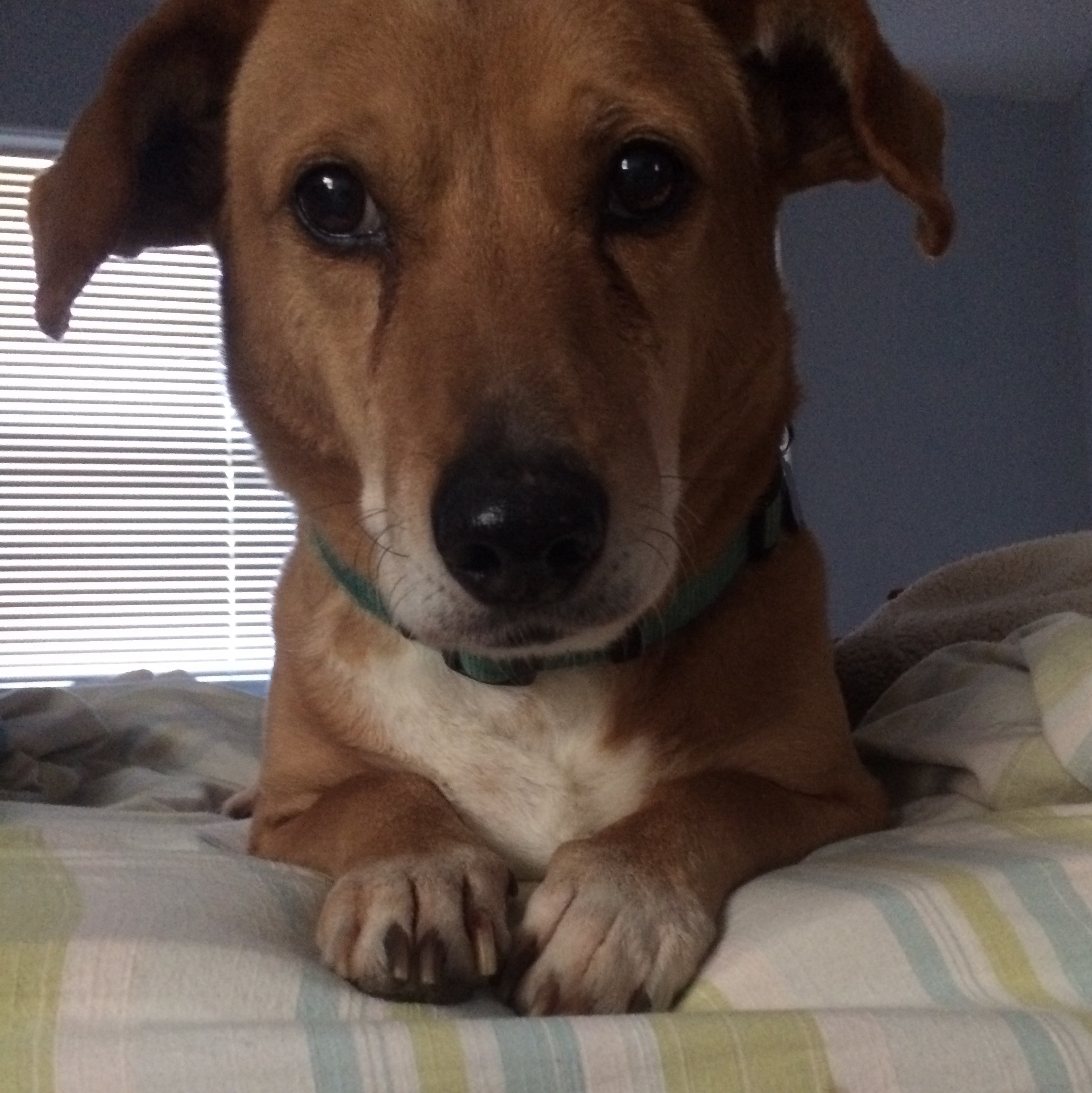

Bedrock Wine Co.
Evangelho Vineyard Heritage Zinfandel Blend 2016
This wine from 1890's vines in the San Joaquin River Delta Sand was really great. Have another bottle so it went to bottom of the rack. Dark berry with very smooth long finish — 8 years ago
Bedrock Wine Co.
North Coast Syrah 2015
Pro tip on the 15's right now, pour off a glass then leave it in the cellar for a day. Fantastic — 8 years ago
Clos du Val Wine Co.
Stags Leap District Cabernet Sauvignon 2012
Second of the blind red wines at this quarter's S&E Wine Club, which for red was either Cabernet Sauvignon, Cabernet Franc or Merlot from either Rutherford or Stags Leap District. Thanks Claude and Carrie!
Medium ruby red. A touch of greenery on the nose with chalk and blueberries. Heavy tannins (7/10) and medium plus bodied. Attack of black cherries on the palate with tons of volcanic like soil. Definitely felt reserved. Dry and long finish. Drink till 2022. — 8 years ago
Peter Michael Winery
Ma Danseuse Pinot Noir 2013
2013 Peter Michael Ma Danseuse Pinot Noir. Lunch at Tap w S&L DiM and P&S Co. Can't go wrong with this wine. Lovely PN to enjoy with lunch on a hot summer day. — 9 years ago
Screaming Eagle
Oakville Cabernet Sauvignon 1996
1996 Screaming Eagle. Dinner at Tap w S&L DiM and P&S Co. Superstar. We all remarked how unbelievably balanced this wine was, despite how big it remained at 20 years old. Finish lasted forever and was a truly memorable finish to the evening. — 9 years ago
Domaine Leroy
Clos de Vougeot Grand Cru Pinot Noir 1995
1995 Domaine Leroy Clos de Vougeot Burgundy. Dinner at Tap w S&L DiM and P&S Co. Such a treat. Pleasant sweetness and a really enjoyable lightness, despite its complexity and structure. Favorite. — 9 years ago
Château Latour
Premier Grand Cru Classé Pauillac Red Bordeaux Blend 1990
Magnum 1990 Chateau Latour Bordeaux. Dinner at Bouch w S&L DiM and P&S Co. Drank this after the '93 Ponsot Clos de la Roche out of magnum. This wine was definitely more green and peppery- altogether bigger and less soft. Table was split in which wine was preferred- K and I preferred this wine, but PC and SD, who prefer bigger CA-style wines, enjoyed this better. — 9 years ago
Bedrock Wine Co.
Papera Ranch Heritage Russian River Valley Red Blend
1880’s vines. Dark, dense and structured — 6 years ago
Matchbook Wine Co.
Tinto Rey Dunnigan Hills Tempranillo Blend 2015
Dark and stormy night. Smells mysterious and licorice-y. Plums. Cherries of the cooked and black sort. Flavor is smooth and juicy. Slight Rhône style flavor profile. Makes a nice compliment to meats and spicy faire. Plenty of depth. Fruit driven, but the backbone of Petite(s) and dark intense Tannat holds the bomb back. Just a lovely bombastic red blend from Yolo. CA wine for sure. Even hot climate CA red. But it has lots to offer. On the list with ‘The Boss’ for Yolo blend to watch. — 7 years ago
Bedrock Wine Co.
Ode to Lulu California Old Vine Rosé Blend
It might shock you, but my favorite rosé is not French but instead comes from California! Blasphemy, I know - but Bedrock's Ode to Lulu is just that good. The difficulty is actually finding a bottle. For the last three years, I've only been allocated a case (or less) to sell here in Denver. It's possible you are one of the select few I've actually told about this wine... If not, now is your chance. This is the first year there's an "okay" supply. It won't last, but you should be able to get a bottle.
So yes, it's not French but it's made in the same style and method of Tempier Bandol Rosé- the most sought after, cult rosé out there. The name "Ode to Lulu" is actually an homage to the 4.5 foot tall, 101 year old woman named "Lulu" Peyraud (born Lucie Tempier) whose father gifted the Mourvedre heavy estate to her and her husband Lucien Peyraud. The wines they would go on to produce from the 1940's onward quite literally defined Bandol and put it on the map as some of the best rosés out there. She's still alive and presumably drinking plenty of wine.
This California-born "Ode to Lulu" is modeled after the great Tempier, but has some unique properties compared to it's French namesake. For one, the vines are EXTREMELY old. Tempier defined itself by focusing on old Mourvèdre and Grenache plantings, but even these French vineyards cannot compare to what Bedrock is working with in California. If you don't know, Bedrock is the winery of Morgon Twain Peterson, son of legendary Ravenswood founder Joel Peterson. Morgon grew up making wine and through his father has cultivated relationships with some of the most important heritage vineyards in California. The "Ode to Lulu" is made from Mourvèdre and Grenache planted as far back as 1888! These are some of the oldest plantings of these grapes around and make for unbelievable wines. Tempier's average vine age is around 40 years old today. Bedrock's is over 3x as old. Insane.
Morgon may be young, but he has a life time of winemaking experience. He started making wine with his father when he was 5 years old and hasn't stopped yet. In addition to absorbing his father's knowledge on heritage vineyards, he is a real student in the world of wine, earning a "Masters of Wine" designation (this industry's highest achievement). I've been drinking his wine for several years and I can say that his wine is made extremely thoughtfully and with expert attention to detail. This is true even with a wine as humble as rosé.
Unlike most California pink wine, Bedrock is not produced by "bleeding off" juice from a red wine. Instead, the grapes are picked early and separately at very low potential alcohols, and whole cluster pressed with low extraction. This preserves the freshness and acidity, creating a wine of clarity. In an old blog post I dug up, Morgon explains this idea:
"I pick at potential alcohols lower on the scale where brightness and lift still exist. This is not to say that fruit does not matter—I use Mourvedre from a block planted over 120 years ago for requisite concentration of complexity of flavor—but like fine champagne, the wonders of rosé lie in its unbearable lightness of being."
I agree with this idea of rosé and I think most people instinctively do as well. It's no coincidence that our best selling bottles come from provence. However, I urge you to pick up at least one bottle of this Ode to Lulu. It's a wine that's close in spirit to the best French rosé but made from vineyards that are American and unrivaled in age.
This is the fourth vintage of Ode to Lulu I've tasted, and I would say that's the most elegant yet. The 2015 was maybe my favorite for it's depth and I picked a few up to age, drinking my last bottle recently... This new vintage is great now, but it will reward with a short cellaring time. Honestly, if you can hide 2 bottles and drink them before fall or into next year, you will be blown away. Bandol rosé is a wine that improves dramatically over the course of 6 months to several years (Tempier Rosé is known to go decades). This bedrock is no different.
I can personally attest to past vintages gaining depth with time. How is this possible? Unlike other rosé which should be drank young, Bandol and Ode to Lulu are made of Mourvedre, a grape that is naturally reductive and resistant to oxidation. Further, the acidity is high and alcohol low. As the acidity starts to fall away, a depth and richness of character will emerge. In fruitier/riper rosé with more alcohol, this richness becomes too sweet and cloying... Not the case here. This keep balanced through time, gaining complexity while remaining refreshing.
You should buy this wine. However, I think there is one more important facet to rosé that I should mention before you do... Rosé is not always about what's in the glass itself. Rosé is really an ethereal thing... It's more so an "essence" of terroir and vintage rather than a sturdy, hard representation like red wine is... Sorry if that doesn't make sense but what I'm trying to say is that sometimes rosé is more about the place and the people you enjoy it with than the exact flavors themselves. Of course, we cannot all visit the picturesque village of Bandol to visit Lulu Peyraud; but I think, with this sunny Colorado weather, we can come close. Perhaps Morgon said it better than I can:
"Proper rosé is refreshing, life-nourishing stuff that revives the soul... I drink as much for pure pleasure as for intellectual stimulation. In the warmer months there is something sacred about a late afternoon meal of cold chicken, fresh garden tomatoes, and rosé. It is one body in the sacred trilogy of rustic simplicity." - Morgon Twain Peterson
#rose #oldvine #lulu #tempier #bedrockwineco — 8 years ago
Launois Père et Fils
Special Club Brut Blanc de Blancs Grand Cru Champagne Chardonnay 2006
Magnum 1996 Launois Pere et Fils Special Club Brut Blanc de Blancs champagne. Dinner at Tap w S&L DiM and P&S Co. Crisp, light, nice density of bubbles, slightly creamy finish. Solid. — 9 years ago
Colgin Cellars
Herb Lamb Vineyard Cabernet Sauvignon 1996
1996 Colgin Herb Lamb CS. Dinner at Tap w S&L DiM and P&S Co. Super interesting- big, rich notes of salty, meaty olives and briny olive juice. Had not had something quite like this before and none of us had ever drunk this vintage before either. — 9 years ago
Heitz Cellar
Martha's Vineyard Cabernet Sauvignon 1978
Magnum 1978 Heitz Cellar Martha's Vineyard CS. Lunch at RW w S&L DiM and P&S Co. This was unbelievable- blew our minds how much we enjoyed this wine. Loved that it was out of magnum and we all thought it was absolutely perfect to drink right now. — 9 years ago
Domaine de l'Abbeye
Clos Beylesse Côtes de Provence Rosé Blend 2015
Magnum 2015 Domaine De L'Abbeye Clos Beylesse Rosè. Lunch at Tap w S&L DiM and P&S Co. — 9 years ago



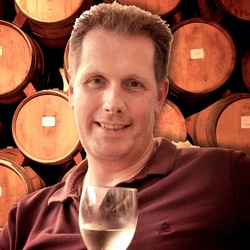

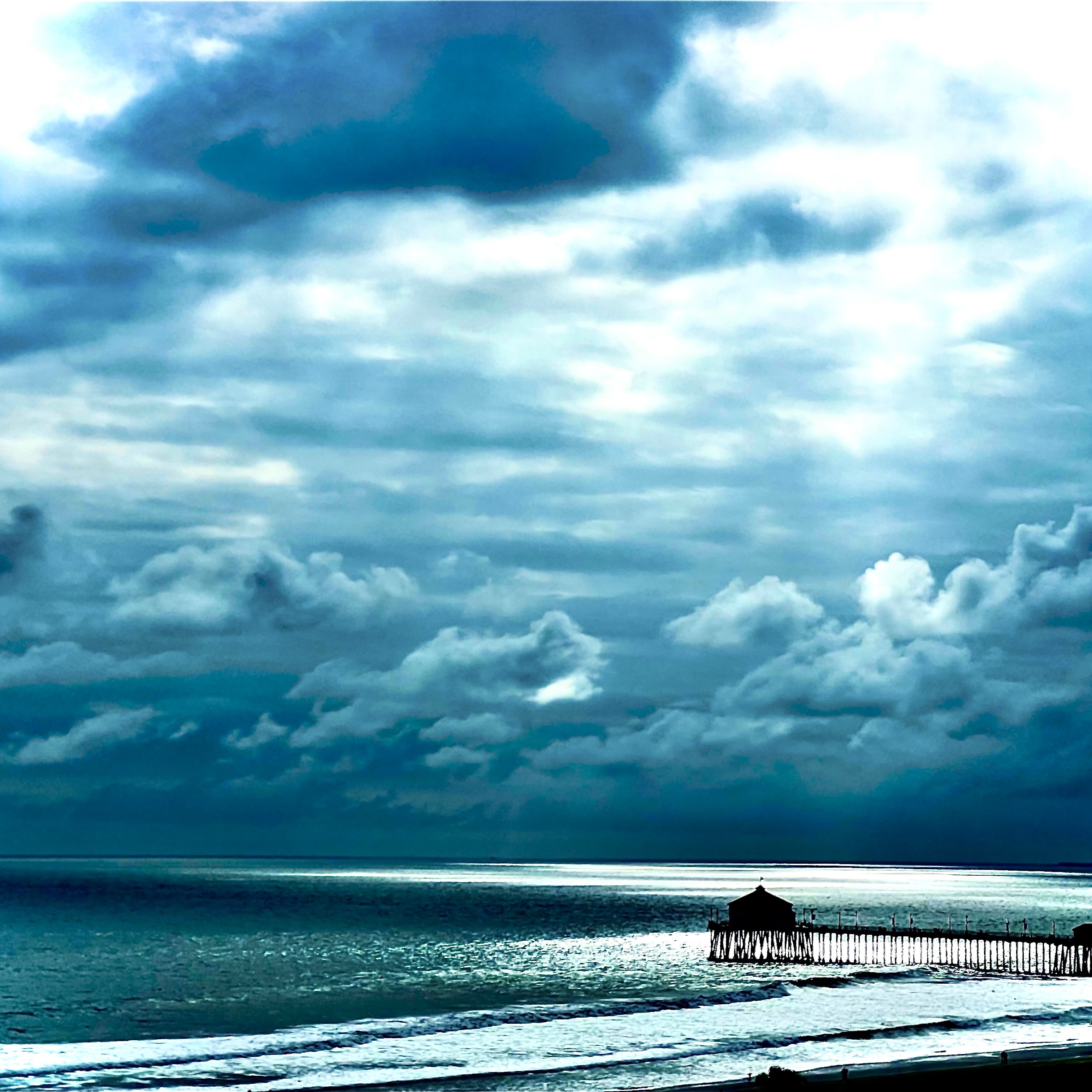

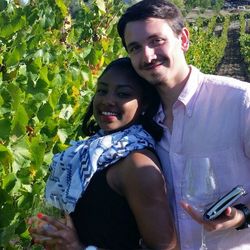
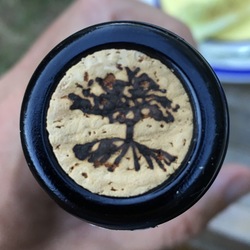

Patricia Schnitzer
Sept 28, 2019. J2’s 5th bonus year celebration. TW Concierge offering April 2017. Purchased this and the Amarone. This is s solid Ripasso. Tart cherries, of course but not overpowering. Smooth, no pepper, hint of chocolate. 70% Corvina, 30% Rondinella. I believe Villa Cavarena is an Allegrini family label, from their Co-op? Definitely Allegrini quality and for <$20/bottle, what’s not to like??? — 6 years ago